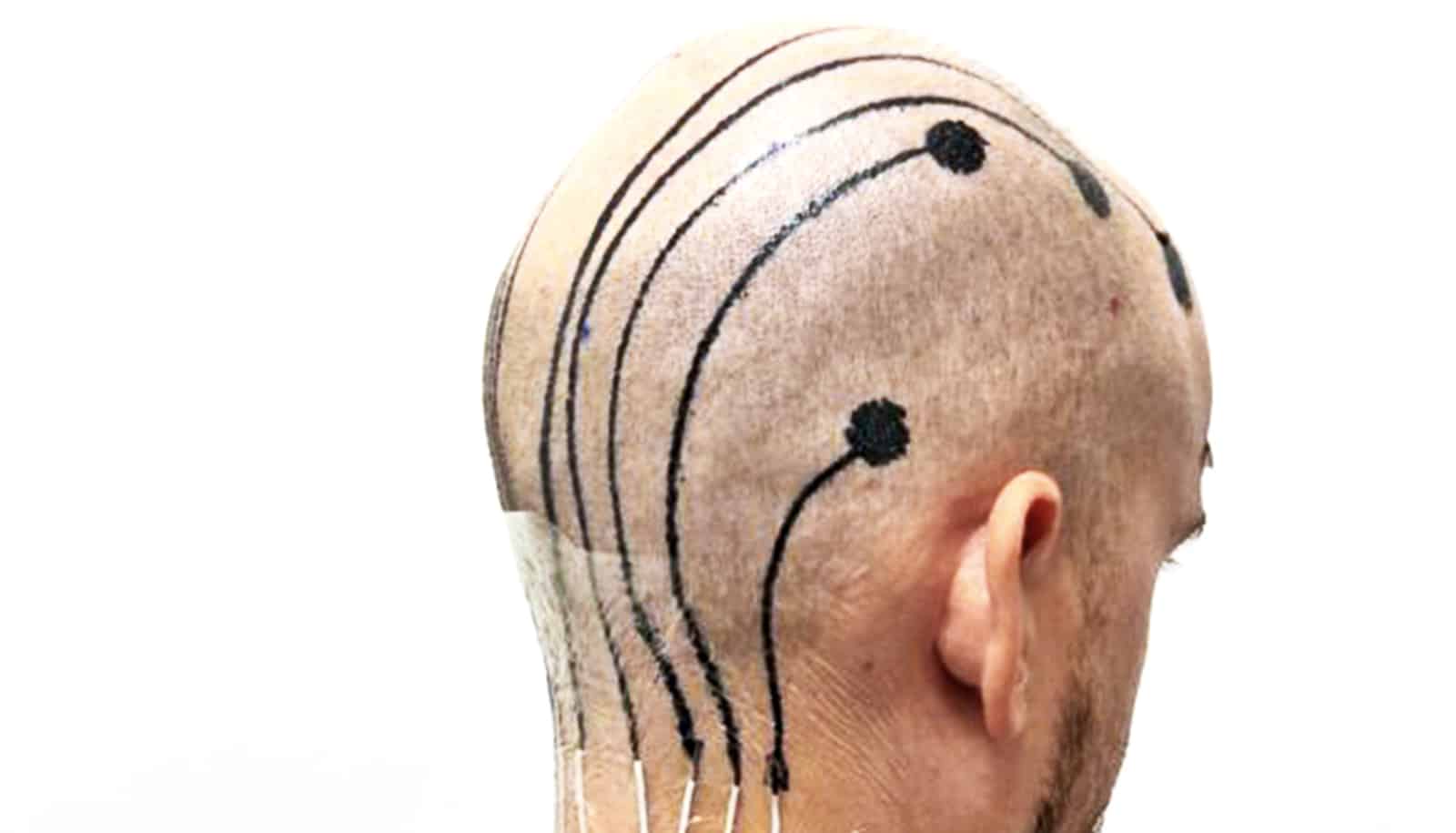Implanting a shunt or endoscopically reducing intracranial pressure and reducing fluid production are equally effective in treating infants with hydrocephalus caused by brain infections, a new study shows. But endoscopy may have fewer down-the-line complications.
“This clinical trial asked if we could do a version of shuntless surgery, without the need to implant a plastic tube,” says first author Steven Schiff, professor of engineering in the neurosurgery, engineering science and mechanics, and physics departments at Penn State.
“Hardware fails at a terrible rate in young children and needs to be repaired. The body becomes dependent on the shunt and patients need to be hospitalized quickly when the shunt fails.”
Where the trial took place at CURE Children’s Hospital of Uganda, it can take days for the rural poor to get back to the hospital, researchers say.
While shunts can fail throughout a patient’s lifetime, typically, the endoscopic approach tends to fail during the first six months after surgery, and failure is less dangerous, Schiff says.
In hydrocephalus, cerebrospinal fluid builds up inside the skull and increases pressure on the brain. In infants, whose head bones have not yet fused, hydrocephalus can enlarge and deform the shape of the skull. The increased pressure can prevent the brain from developing, leading to cognitive impairment or death. The standard procedure to treat hydrocephalus has been to surgically implant a shunt.
“There are lots of reasons why we don’t want to put a shunt in,” says Schiff, who is also the director of the Penn State Center for Neural Engineering. “With a shunt the fluid overdrains, but without a shunt, there is more fluid. We needed to find out if the children do as well if there is more fluid within the brain.”
A total of 100 infants were enrolled in the trial with 51 randomly assigned to endoscopic surgery and 49 randomly assigned to receive a shunt. The researchers used the Bayley Scale of Infant Development cognitive scale to score the infants at 12 months. They also tested the babies’ motor and language skills. There was no significant difference between the babies with shunts and those receiving endoscopic surgery for cognition, motor skills, or language skills.
A five-year follow-up of a previous study showed that one-third of the children had died, which is twice the typical 16 percent mortality rate in Uganda. Further, one-third of the children were quite disadvantaged, but one-third fell in the normal range.
Tool helps brain surgeons pick spot to open a skull
For the current study, CT scans showed that children in the normal range had more normal brain development. In order to categorize the infant brains, researchers needed growth curves of normal infant brain development. Previous work by Schiff’s group began development of the growth curves.
The findings showed that mechanical pressure on the brain acted as a sort of growth dampener. Higher pressures caused the brain to slow its growth, but when the pressure was lowered, brain growth sped up and in some cases reached normal growth ranges.
“It looks like we stumbled onto an effect of mechanical pressure on growth,” Schiff says. “We know that to get the best outcome we want to grow the best brain.”
Deadly malaria swells children’s brains
The researchers would now like to automate analysis of CT and MRI imaging to make it easier to monitor brain growth of such children.
“Ultimately the answer for hydrocephalus will be in prevention,” says Schiff. “Until we can get rid of these infections—we think there are about 400,000 cases per year worldwide and up to half may be caused by infection—surgical approaches are the only answer.”
The findings appear in the New England Journal of Medicine.
Abhaya V. Kulkarni, professor of neurosurgery at the University of Toronto and Benjamin C. Warf, professor of neurosurgery at Harvard Medical School, are also first authors of the paper. Other researchers from Penn State; the Hospital for Sick Children, Toronto; and CURE, Mbale, Uganda contributed to the study. The National Institutes of Health supported this work.
Source: Penn State



